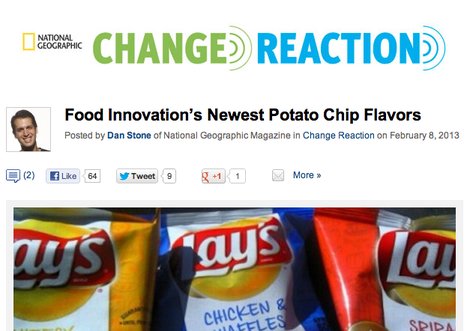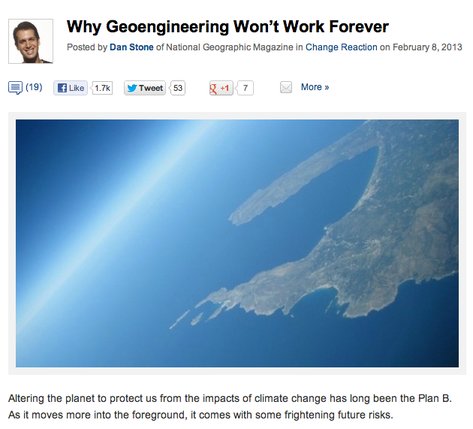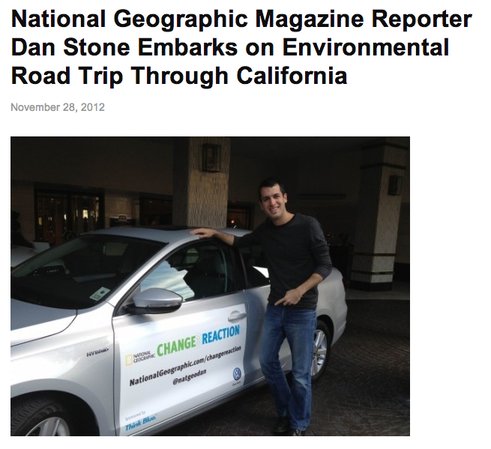Brands
National Geographic’s Change Reaction Blog Fueled by VW
National Geographic is known for stunning images, in depth stories, and investigative reporting about cultures, events, and issues all around the world. However, the magazine only comes out once a month. Cue Change Reaction, the magazine’s online resource that allows the magazine to produce more content.

Run by National Geographic reporter Dan Stone, Change Reaction, which was launched in November, covers how the world is changing in terms of transportation, food management, environmental sustainability, and agriculture. Change Reaction is sponsored by Volkswagen.
“A lot of it is what’s wrong with these issues,” Stone said. “It’s about what we can expect in the next few decades.”
Multiple articles per week are put up on the site. Some recent pieces include “Wind Turbines? Try a Wind Kite,” “A Motorcycle Car That Makes Commuting Easier,” and “Minimizing a Car’s Footprint.” Videos, made by producer Spencer Millsap, are posted often as well.
The name Change Reaction refers to the process by which one reaction sets off a following reaction. Stone says that the implication, for National Geographic’s site, is the need to point toward the future.
The sheer speed at which content can be posted on the web is only one of the reasons that Change Reaction was started. Stone says that the magazine also wanted to be in touch with the younger demographic that isn’t buying the monthly magazine. “We hope that with this idea we can reach people a lot more,” he said. “If they don’t get magazines maybe they read blogs and we can reach them that way.”

One of the special projects that Stone created for the web site was a series of stories from a road trip in California. In late November, he drove around the state for two weeks, stopping at one to three places to report on every day through text and video. He wrote about a roadside ranch off California’s coastal Highway 1, a zero-waste stadium at University of California, Davis, a researcher in Davis who tries to find natural ways to keep pests from ruining fruits and vegetables, and the city of Fresno, which recycles 73 percent of its waste.
“The idea is to make innovation technology and sustainability core themes of our coverage here,” Stone said. “[We] make them specifically for a web audience so we can be agile, quick, and move in new exploratory ways we don’t have in a monthly magazine.”
VW originally teamed up with National Geographic in the summer of 2012 for its Think Blue sustainability initiative.

According to Darryll Harrison of VW, projects like Change Reaction “help to introduce Think Blue to consumers that consider environmental initiatives as a key factor when purchasing a product. For consumers that weren’t aware of Volkswagen’s extraordinary commitment to the environment, this allows us to highlight our approach to driving progress and preserving the environment through sustainable production, advanced technologies and clean, fuel-efficient vehicles.”
Harrison said that National Geographic is the prefect ideal partner for the company because, like the magazine, it is trying to have a positive impact on its consumers lives as they travel the planet.
“For our owners, Volkswagen is an expression of who they are and how they move through life,” Harrison said. “National Geographic is a leader in empowering people to navigate the world addressing some of the planet’s most complex topics. Both brands are eager to improve the quality of the lives of its customers/readers through innovation, discovery and research.”
Get better at your job right now.
Read our monthly newsletter to master content marketing. It’s made for marketers, creators, and everyone in between.




